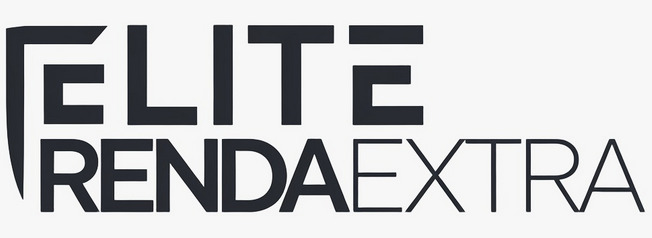Securing a personal loan in Canada can be a crucial step towards achieving your financial goals, whether it’s consolidating high-interest debt, funding a home renovation, or covering an unexpected expense. The key, however, isn’t just getting approved; it’s securing a loan with a low interest rate to save you hundreds or even thousands of dollars over time.
Navigating the world of lending can feel complex, but it doesn’t have to be. By understanding what lenders are looking for and taking proactive steps to strengthen your financial profile, you can significantly increase your chances of qualifying for the most competitive rates available. This guide will walk you through exactly how to do it.
Understanding What Lenders Mean by “Low-Interest”
A low-interest personal loan is typically an unsecured loan—meaning you don’t need to provide collateral like a car or house—that carries a favourable annual percentage rate (APR). This rate is what a lender charges you for borrowing money. A lower APR means smaller monthly payments and a lower total cost of borrowing over the life of the loan.
Lenders reserve their best rates for applicants they perceive as low-risk. Your entire application is designed to prove one thing: that you are a reliable borrower who will pay back the loan on time and in full. Several key factors determine their decision.
Key Factors Lenders Consider for Loan Qualification
When you apply for a personal loan, lenders in Canada perform a detailed assessment of your financial health. They focus on a few critical areas to gauge your creditworthiness.
Your Credit Score and History
This is arguably the most important factor. Your credit score is a numerical summary of your credit history, and it gives lenders a quick snapshot of your reliability with past debts. A higher score signals lower risk.
- Excellent (760+): You are a prime candidate for the lowest interest rates.
- Good (660-759): You will likely qualify for competitive rates from most lenders.
- Fair (560-659): You may still qualify, but potentially at a higher interest rate.
Lenders also review your full credit report to check for red flags like missed payments, accounts in collections, or bankruptcies.
Income and Employment Stability
Lenders need to see that you have a stable and sufficient income to handle new monthly loan payments. They will ask for proof of income, such as pay stubs, tax returns (T4s), or letters of employment. A consistent job history demonstrates stability and reduces the lender’s perceived risk.
Debt-to-Income (DTI) Ratio
Your DTI ratio compares your total monthly debt payments to your gross monthly income. This metric helps lenders see if you can comfortably manage another payment.
How to Calculate It: (Total Monthly Debt Payments) / (Gross Monthly Income) = DTI
For example, if your monthly debt payments (rent/mortgage, car loan, credit cards) total $2,000 and your gross monthly income is $5,000, your DTI is 40%. Most lenders prefer a DTI ratio below 40-43%. Using a budgeting tool can help you get a clear picture of your income and expenses.
How to Improve Your Chances of Qualifying
If your financial profile isn’t perfect, don’t worry. You can take concrete steps to become a more attractive applicant to lenders.
- Check and Improve Your Credit Score: Obtain a free copy of your credit report from Equifax or TransUnion. Dispute any errors you find and work on paying all your bills on time and reducing your credit card balances.
- Lower Your Debt-to-Income Ratio: Before applying, focus on paying down existing debts, especially high-interest credit cards. This can significantly improve your DTI and free up cash flow.
- Gather Your Documents: Have your proof of income, government-issued ID, and bank statements ready. Being organized makes the application process smoother and shows you’re a serious applicant.
- Consider a Co-Signer: If your credit or income is on the weaker side, applying with a co-signer who has a strong financial profile can help you secure a loan with a better rate.
Comparing Different Types of Lenders in Canada
Not all lenders are the same. Where you apply can have a big impact on the rates and terms you’re offered. It pays to shop around and compare your options.
| Lender Type | Pros | Cons |
|---|---|---|
| Big Banks (e.g., RBC, TD, BMO) | Competitive rates for existing customers; established trust. | Stricter qualification criteria; slower approval process. |
| Credit Unions | Often more flexible with lending criteria; member-focused. | You must be a member to apply; may have fewer branch locations. |
| Online Lenders (Fintech Companies) | Fast application and funding process; accessible for a wider credit range. | Interest rates can be higher, especially for weaker credit profiles. |
Final Steps Before You Apply
Qualifying for a low-interest loan is a significant financial achievement. For many, these loans are used for debt consolidation, which can simplify payments and reduce interest costs, providing a clear path to becoming debt-free.
Before you sign any agreement, it’s crucial that you fully grasp all the terms and conditions. For a comprehensive overview of what to look for in a loan agreement, you can find valuable resources by properly understanding the terms of low-interest personal loans in Canada from the Financial Consumer Agency of Canada. This preparation ensures you make a decision that benefits your financial health for years to come.

